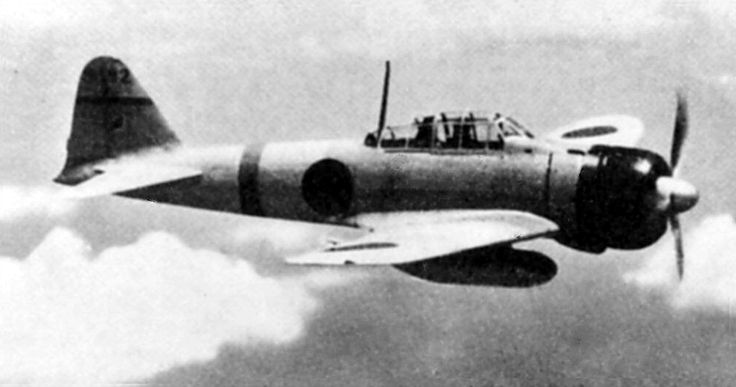
See the scale model of Mitsubishi A6M3 Zero Fighter (Hamp)
Much has been written over the years about the Japanese Zero Fighter Aircrafts. Much was based upon hearsay and legend and little upon fact itself. Even the Allied Forces and governments refused at first to acknowledge its existance, and when they did get a copy of it, they could hardly beleieve the performance it produced.
The prototype zero or A6M1 first took place on paper on January 17, 1938, following the Japanese request for a shipboard fighter with a top speed of 270 kph at 12000ft & 6-8 hours of cruise economy endurance and 1.5-2 hours at normal combat speeds. Armament was to be two 20 mm cannon and two 7.7 mm machine guns plus the normal radio equipment and direction finding gear.
These specifications were so far from the existing state of the art that the famous Nakajima Company dropped out of competition, stating that they were impossible to meet. That left Mitsubishi Heavy Industries and their design team headed by Jiro Horikoshi the only company to tackle the problem.
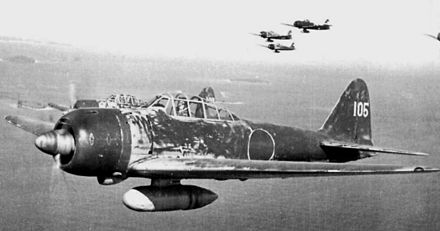
First flight was on 1 April 1939 and combat trials were concluded in July 1940 with 15 pre-production A6M2’s send to two squadrons by the end of the month.
These aircraft had folding wing tips to accomodate aircraft carrier elevators, and were the ones first seen by Gen. Chennault in China, and at Pearl Harbor in December 1941.
Although the A6M2 met or exceeded original design specifications, modifications were taking place at the Mitsubishi factory to improve roll rate, speed up handling aboard carriers, and utilize the uprated Sakae 21, 1130 hp engine.
The first A6M3 type 32 (code named HAMP) took to air on 15 July 1941 with production beggining in April 1942. A total of 343 aircraft produced by August 1943, when type 52 A6M5 began production.
The Type 32 Zero had the most radical change in the entire series and was readily recognized by its squared off wing tips.
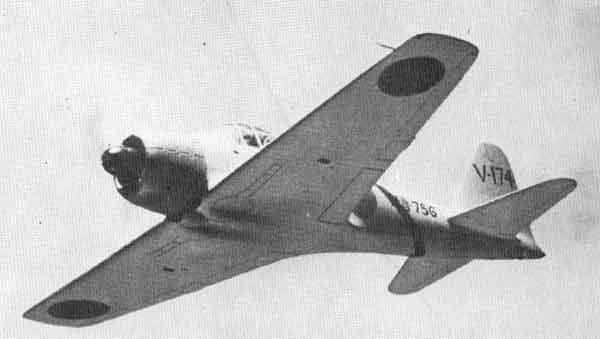
The A6M was designated as the Mitsubishi Navy Type 0 carrier fighter (零式艦上戦闘機, rei-shiki-kanjō-sentōki), or the Mitsubishi A6M Rei-sen. The A6M was usually referred to by its pilots as the Reisen (零戦, zero fighter), “0” being the last digit of the imperial year 2600 (1940) when it entered service with the Imperial Navy. The official Allied reporting name was “Zero“, although the use of the name “Zeke” (from Type 0) was used colloquially by the Allies as well.
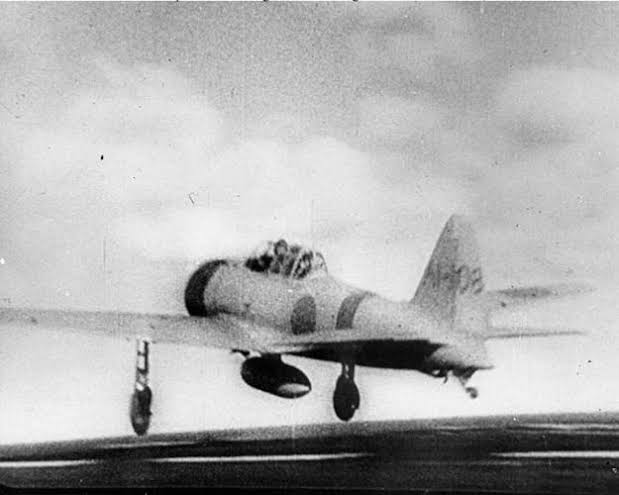
In early combat operations, the Zero gained a reputation as a dogfighter, achieving an outstanding kill ratio of 12 to 1, but by mid-1942 a combination of new tactics and the introduction of better equipment enabled Allied pilots to engage the Zero on generally equal terms.
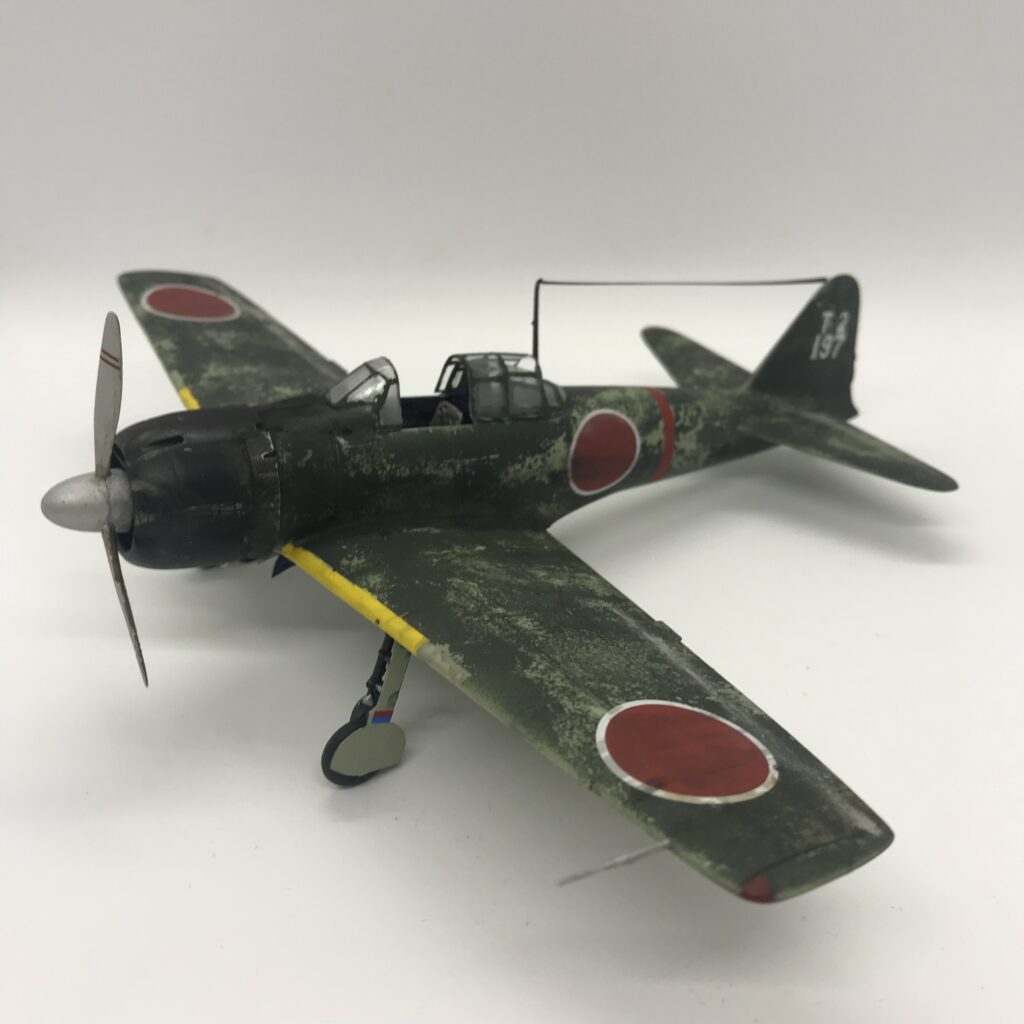

Be the first to comment